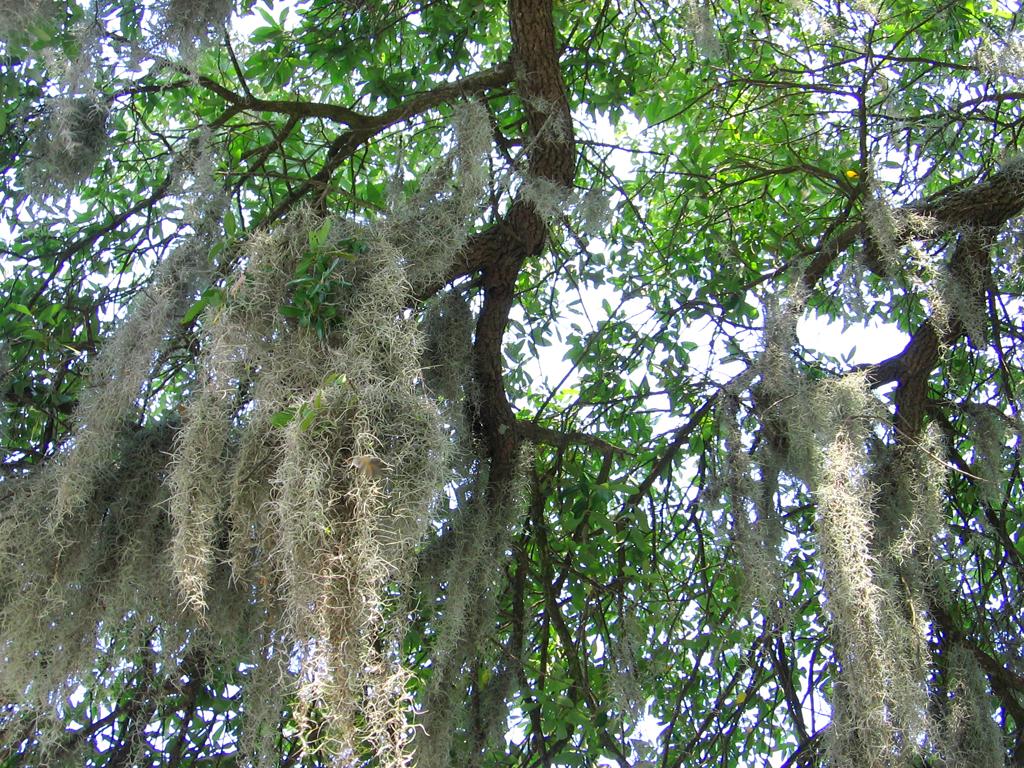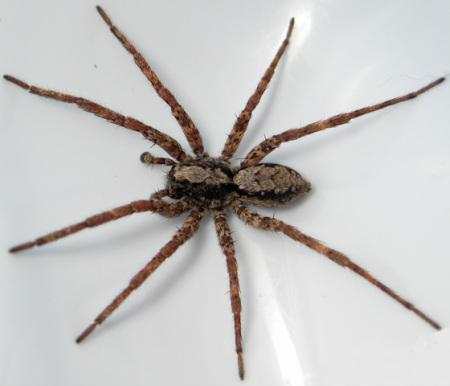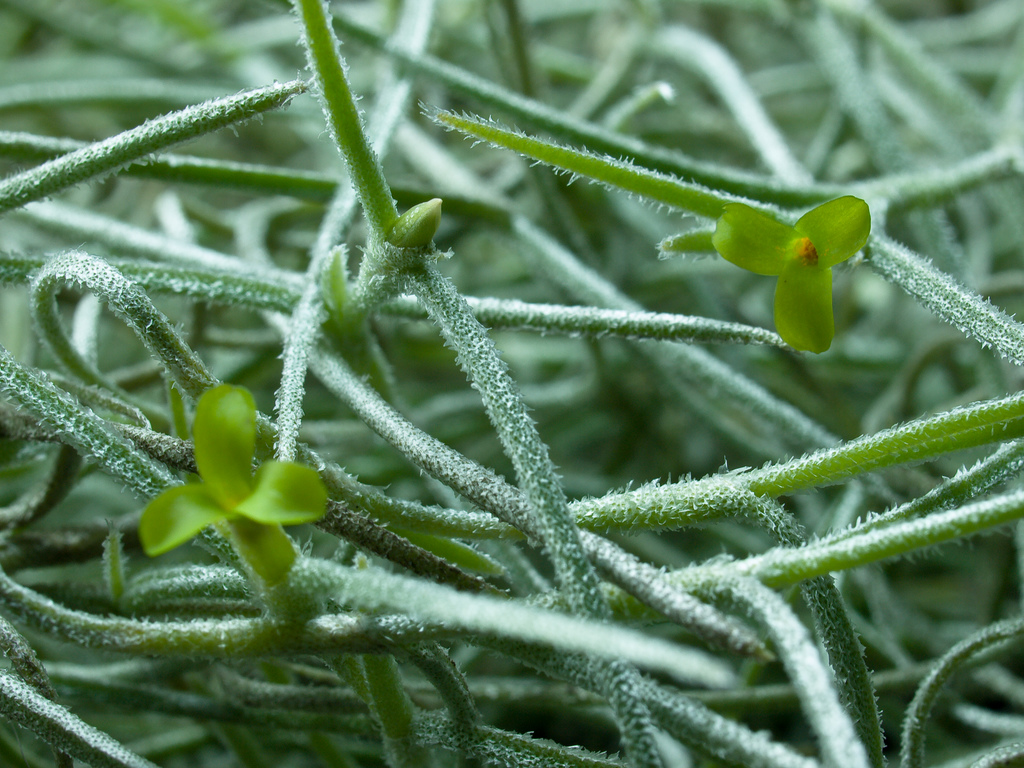Angelini & Silliman (In Press) conducted a range of experiments in Southern USA to investigate the relationships between Southern live oak trees (Quercus virginiana) and Spanish moss (Tillandsia usneiodes) a common epiphyte that is infact in the bromeliad, not moss, family. I'll briefly run through some of the interesting things that they discovered.
- Oak trees are a foundation species that provide habitat for Tillandsia
- Tillandsia is a secondary foundation species that provides habitat for a diverse and abundant community of invertebrates
Key evidence:
Tillandsia relies on oak trees to provide conditions that it can establish and survive in. In this part of the world the conditions on the ground are hot and dry and very unfavourable for Tillandsia.
Within an oak tree, clumps of Tillandsia (called festoons) increase the structure, or physical space, available for insect habitat as well as stabilising temperature and humidity. This increases not only the abundance of invertebrates already present in the tree, but also in the number of species, the different types of feeding guilds (e.g. decomposers, herbivores), and the life stages (e.g. juveniles, adults). These invertebrates cannot survive on the tree without the epiphytic Tillandsia.
One example of the Tillandsia providing for invertebrates also happens to be my favourite part of this study:
The researchers found that Tillandsia acts as a nursery by protecting juvenile crickets from spider predation. This experiment involved releasing baby crickets onto A) a branch with no epiphytes and B) a branch with Tillandsia, then letting the spiders loose! After 12 hours they counted live crickets and inspected dead crickets to find that the branch with Tillandsia had a 95 % cricket survival rate while the bare branch had only 60 % and all dead crickets had spider wounds... can't argue with that!
"secondary foundation species can complement and magnify the facilitative effects of primary foundation species. In attracting novel species, life stages, and feeding guilds, secondary foundation species can increase the number and complexity of species interactions that occur and likely increase the diversity of ecosystem services that the associated community can provide (e.g. pollination, nutrient cycling, pest control) to affect overall ecosystem functioning." Angelini & Silliman (In Press).




 RSS Feed
RSS Feed
